The Dawn of Digital Accountability for Drones in Europe
If you’re into drones, whether as a hobby or professionally, there’s a new term you need to get familiar with – Remote ID. It’s somewhat like the digital equivalent of a license plate for your drone, and, like here in the US, it’s become a big deal across the European Union, including in places like Liechtenstein, Iceland, Norway, and Switzerland. Here’s the scoop on what it is, why it matters, and how you can make sure you’re flying right in the eyes of the law, as explained by DJI.
What’s the Deal with Remote ID?
Imagine every drone buzzing through the sky broadcasting its own “digital signature.” That’s Remote ID for you – a way for authorities to keep tabs on who’s flying what and where. The European Union Aviation Safety Agency (EASA) is leading the charge on this, requiring all drones in certain categories to have this tech on board. This isn’t just a fancy feature; it’s about making sure drones are used safely and responsibly, without invading restricted spaces or causing trouble in the skies.
How It Works and What You Need to Know
Remote ID sends out info like who’s flying the drone, the drone’s ID, its location, and even the pilot’s location (or the take-off point if the pilot’s not around). It’s a one-way broadcast, meaning anyone with the right equipment can pick up these signals. Think of it as a way to maintain transparency and accountability, especially in areas crowded with drones.

Registration and Compliance: The Essentials
Flying a drone in the EU? You’ll likely need to register it with your national aviation authority. The rules depend on your drone’s weight and whether it can capture personal data, but most drones that are more than just toys will need that official registration number. And yes, that number needs to be on your drone, not just buried in your email inbox.
Once registered, you’ve got to make sure your drone is Remote ID ready. This might mean getting a new drone that’s already equipped, updating your current drone’s firmware, or attaching a third-party module approved by the EASA. The goal is clear: keep your drone’s digital license plate visible and up-to-date.
Navigating Through Compliance
For drone pilots navigating the EU’s airspace, staying compliant involves a few steps:
- Registration: Get that done with your country’s aviation authority.
- Mark Your Drone: Make sure your drone visibly displays your operator ID.
- Equip Remote ID: Whether it’s built-in, an add-on module, or a Firmware Update, your drone needs to broadcast its ID.
- Update Your Info: Using DJI apps (like DJI Fly or DJI Pilot 2), ensure your operator registration number is uploaded and synced with your drone.
The Sky’s the Limit, Responsibly
Remote ID is all about keeping the skies safe and secure as drones become more and more common. By knowing what’s required and ensuring your drone meets these new standards, you’re not just avoiding fines or trouble; you’re contributing to a safer, more accountable world of drone flying. Whether you’re capturing breathtaking aerial shots or inspecting infrastructure, compliance is key. So, let’s keep our drones flying high and in line with the rules. Happy flying!
You can learn more about the EASA’s complete drone regulations and Remote ID legislation here.
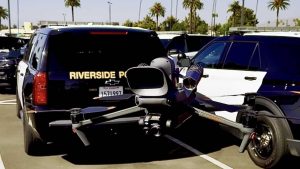
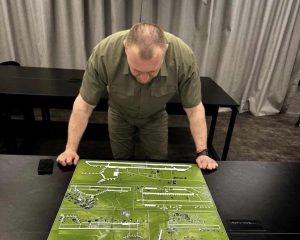
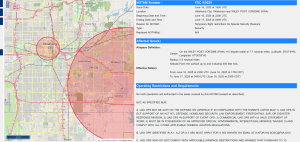



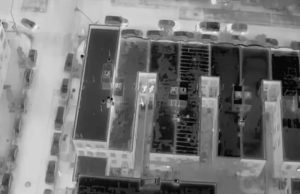


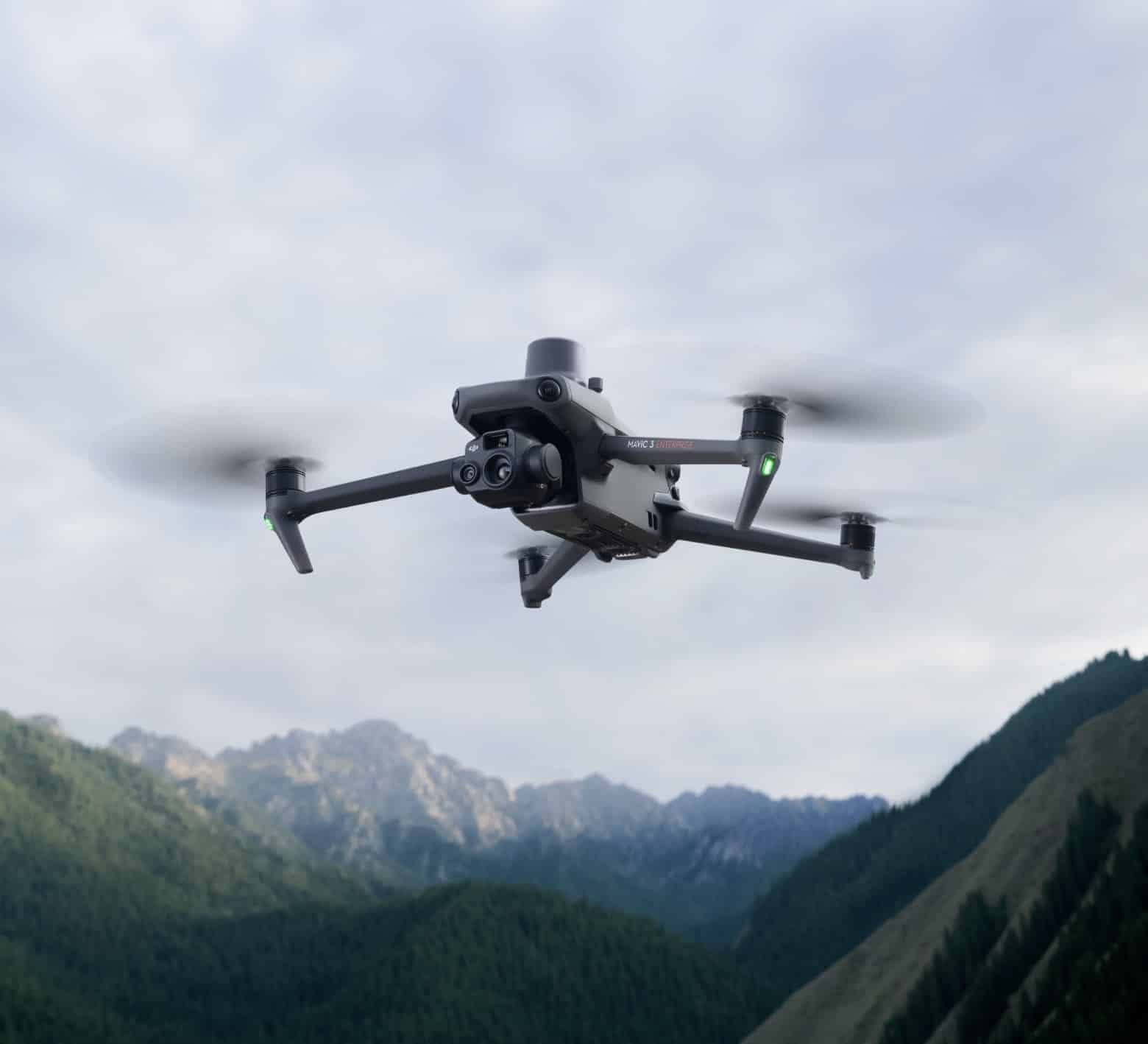

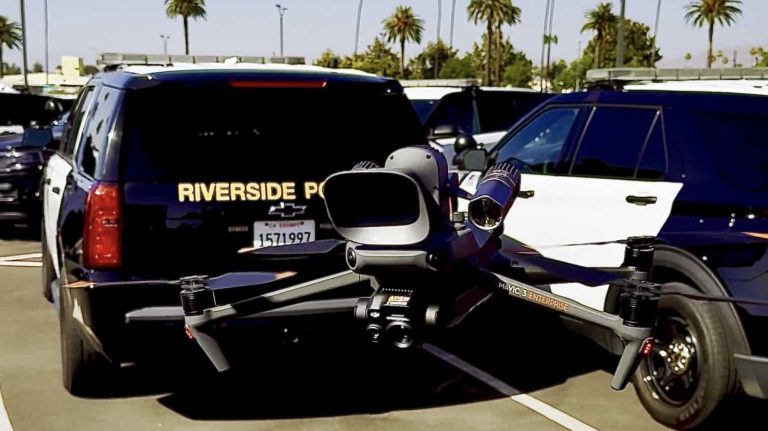
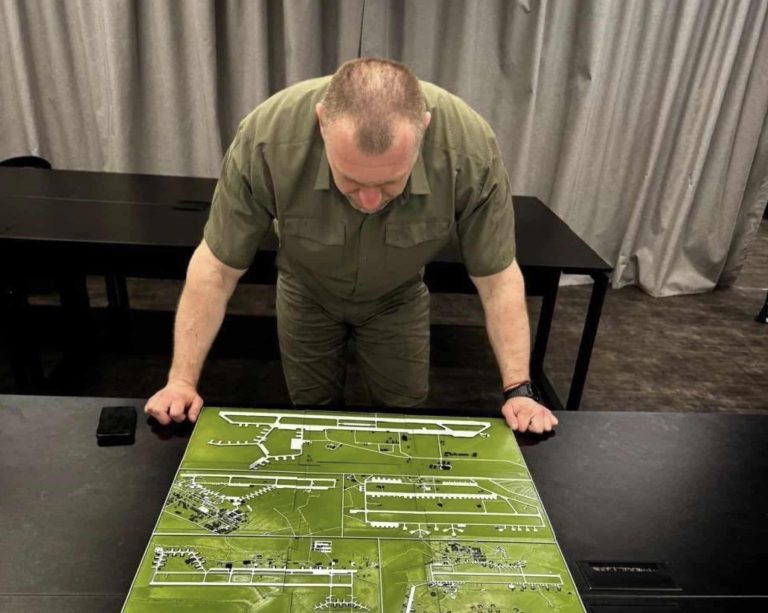
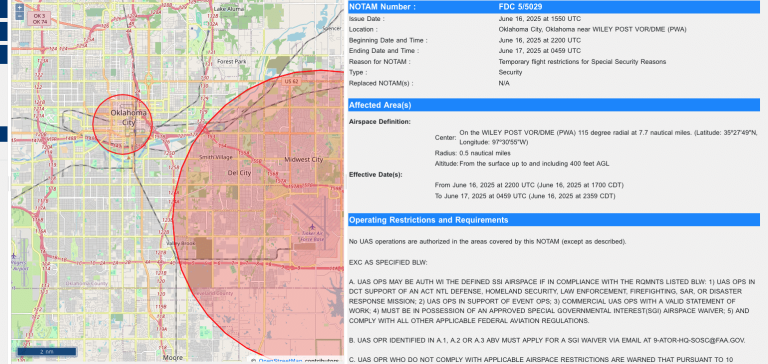
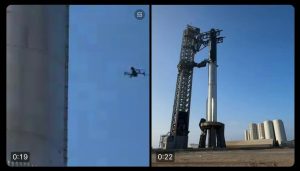
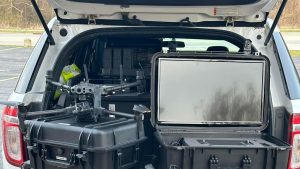


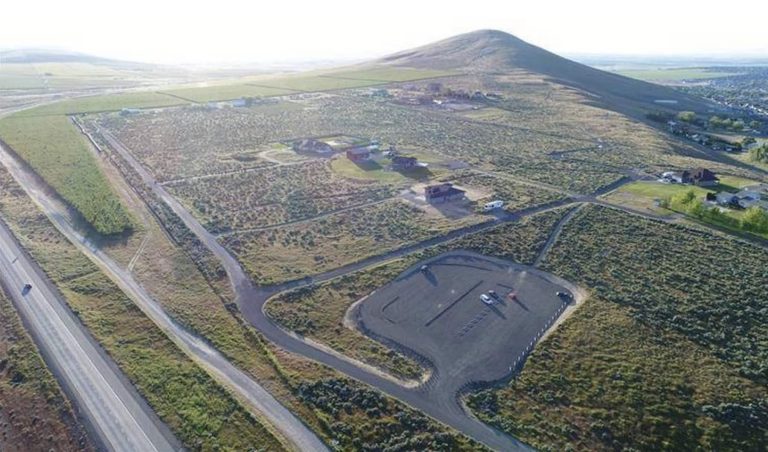
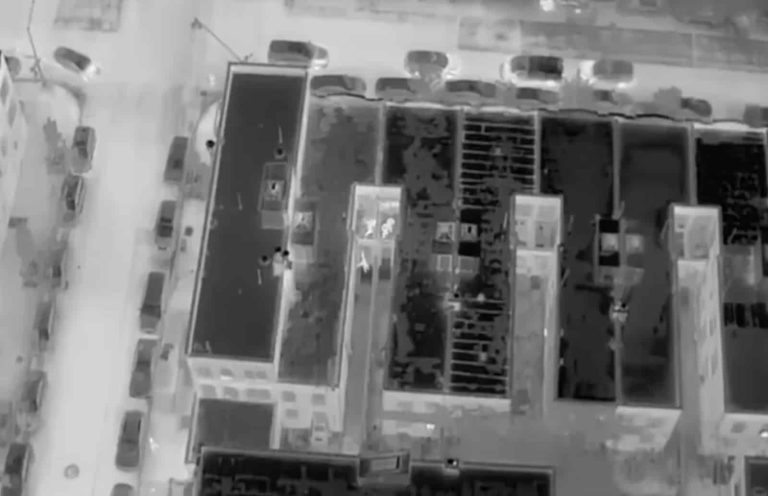

+ There are no comments
Add yours